San Marino year 1966 Fauna – Sea Animals Complete set MNH
Marine life refers to the diverse array of organisms that inhabit the world’s oceans, seas, and other bodies of saltwater. It encompasses a vast range of species, from microscopic plankton to massive whales, and plays a crucial role in the health and functioning of marine ecosystems.
- Fish: Fish are perhaps the most well-known inhabitants of the ocean. They come in a variety of shapes, sizes, and colors and occupy various niches within marine ecosystems. From small reef fish like clownfish to large pelagic species like tuna and sharks, fish are integral to marine food webs and serve as a vital food source for humans and other animals.
- Invertebrates: Invertebrates are animals without a backbone and make up a significant portion of marine biodiversity. This group includes organisms such as jellyfish, corals, mollusks (e.g., clams, octopuses, and snails), crustaceans (e.g., crabs, lobsters, and shrimp), and echinoderms (e.g., sea stars and sea urchins). Many invertebrates play important ecological roles as predators, filter feeders, and ecosystem engineers.
- Marine Mammals: Marine mammals are warm-blooded vertebrates that have adapted to life in the ocean. This group includes whales, dolphins, seals, sea lions, manatees, and otters. Marine mammals are highly specialized for aquatic life and have evolved a variety of adaptations for swimming, diving, and feeding in marine environments.
- Marine Reptiles: Marine reptiles are reptiles that have adapted to life in the ocean. This group includes sea turtles, marine iguanas, and certain species of snakes. Marine reptiles are found in coastal and pelagic habitats and play important roles in marine ecosystems as predators and grazers.
- Plankton: Plankton are microscopic organisms that drift or float in the water column and form the base of marine food chains. They include phytoplankton (photosynthetic microalgae), zooplankton (tiny animals), and bacterioplankton (bacteria). Plankton are essential for marine ecosystems as primary producers and as food sources for larger organisms.
Marine life is incredibly diverse and includes a wide range of species adapted to various marine habitats, from coral reefs and kelp forests to deep-sea trenches and polar regions. It is threatened by human activities such as overfishing, pollution, habitat destruction, and climate change, highlighting the importance of conservation efforts to protect and preserve the oceans and the life they support.

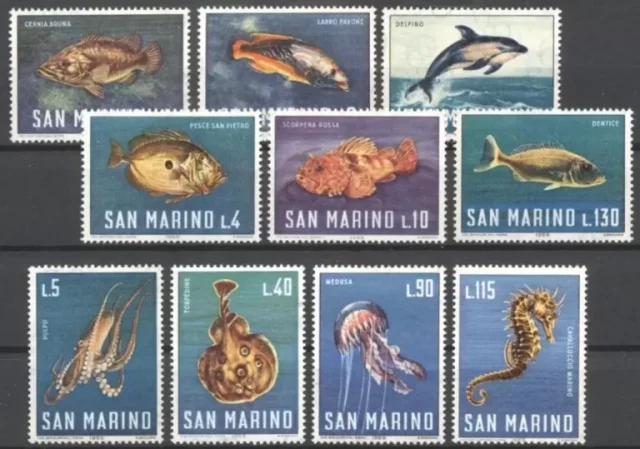

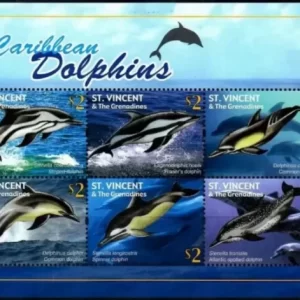


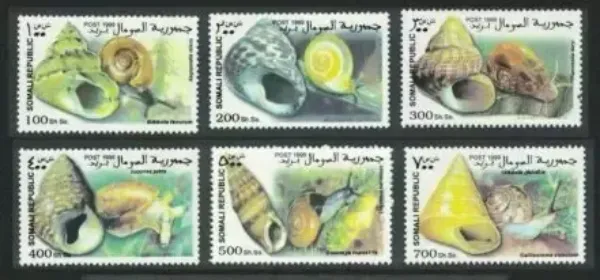

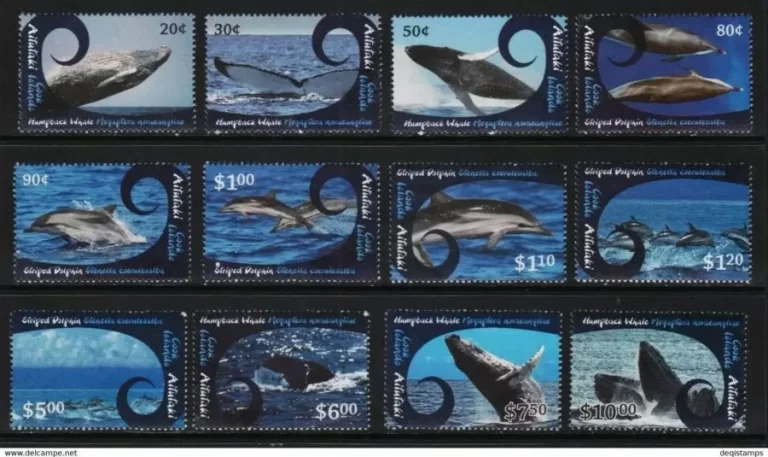
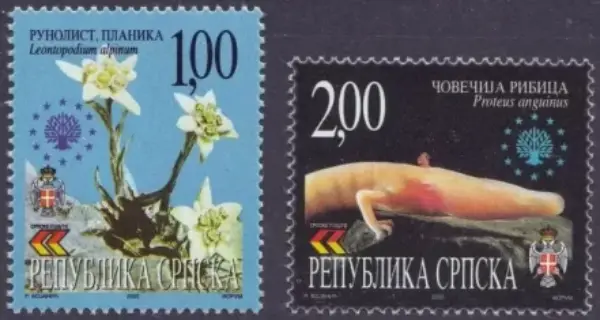
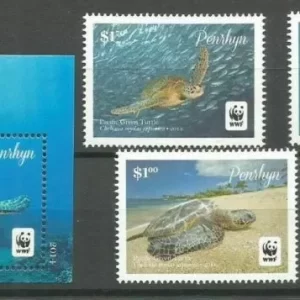
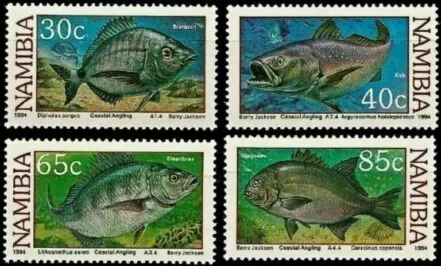
Reviews
There are no reviews yet.